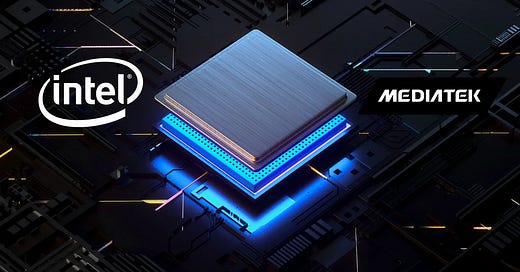Companies mentioned: Intel INTC 0.00%↑ , Apple AAPL 0.00%↑ , Infineon, Fibocom, Mediatek
The history of wireless cellular modems for Intel has been a little mixed compared to its compute divisions. The company has had cellular modems for:
3G, known as Intel SoFIA,
4G, which had big wins in various Apple devices, and
5G, which was (mostly) sold.
For the 5G modems, Intel sold its …



